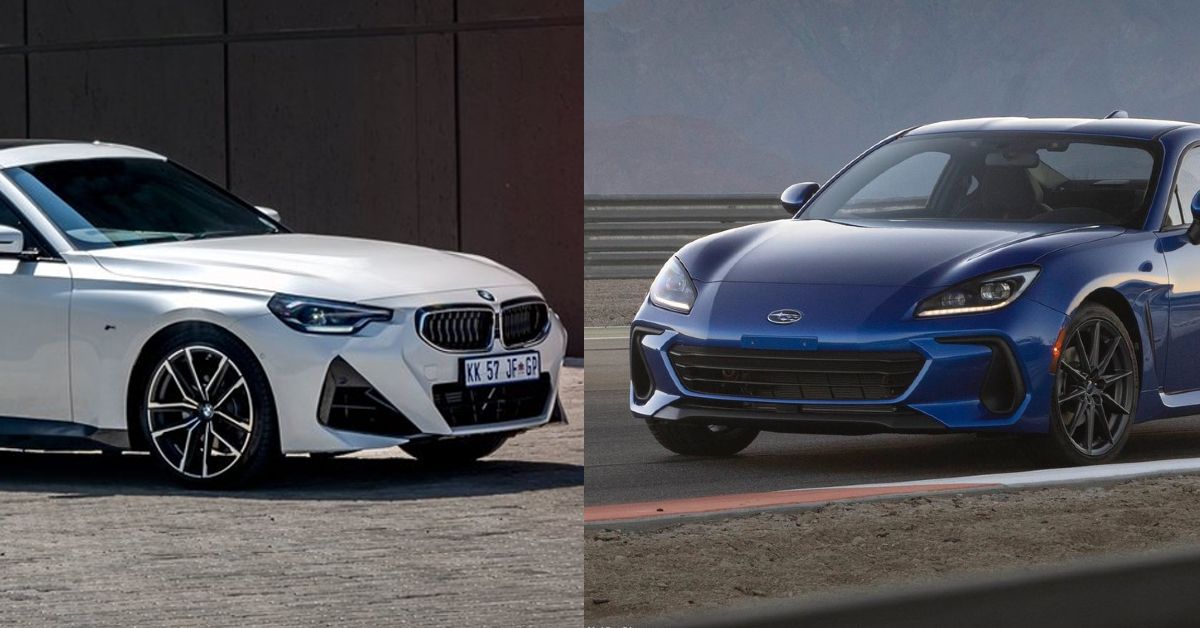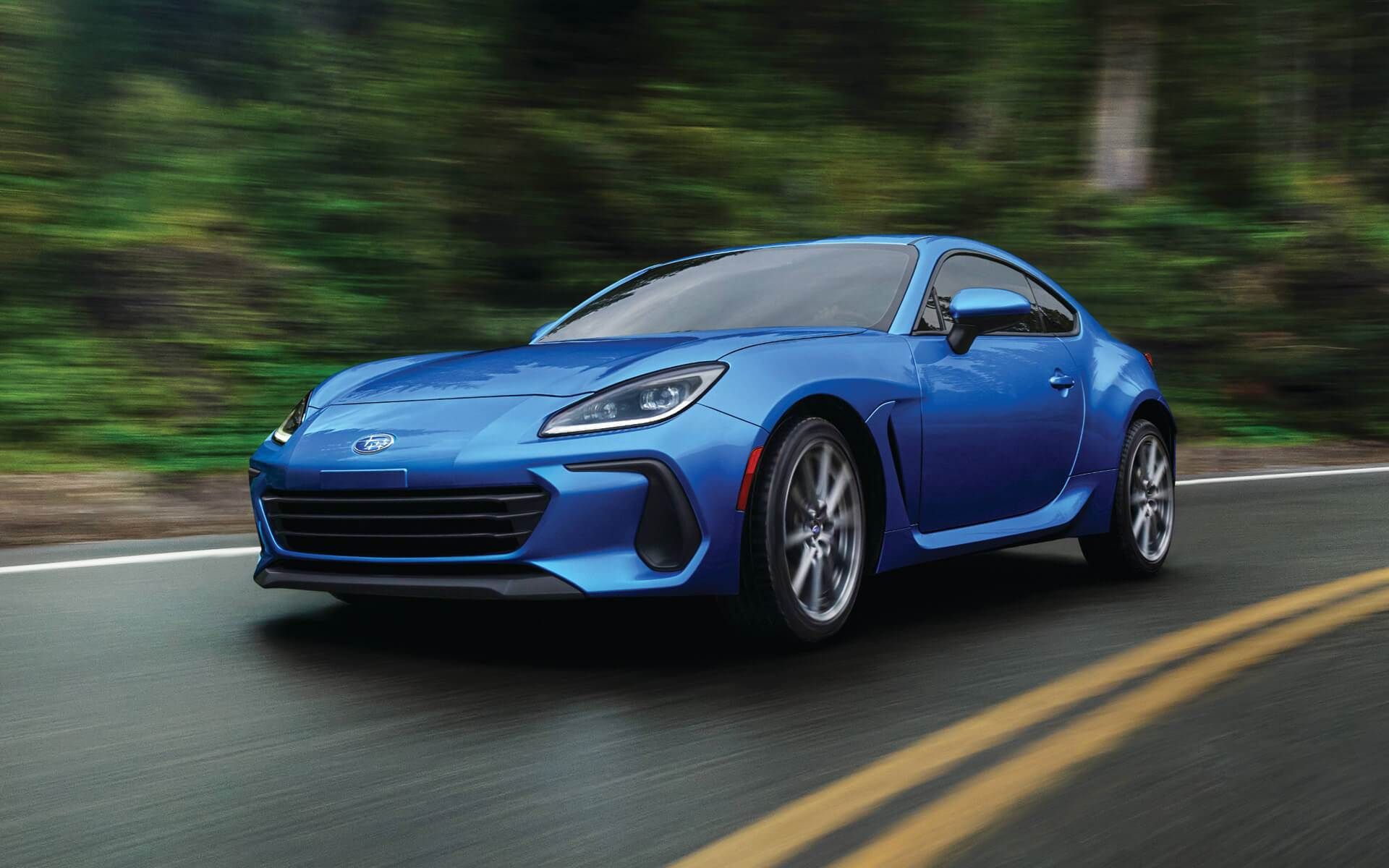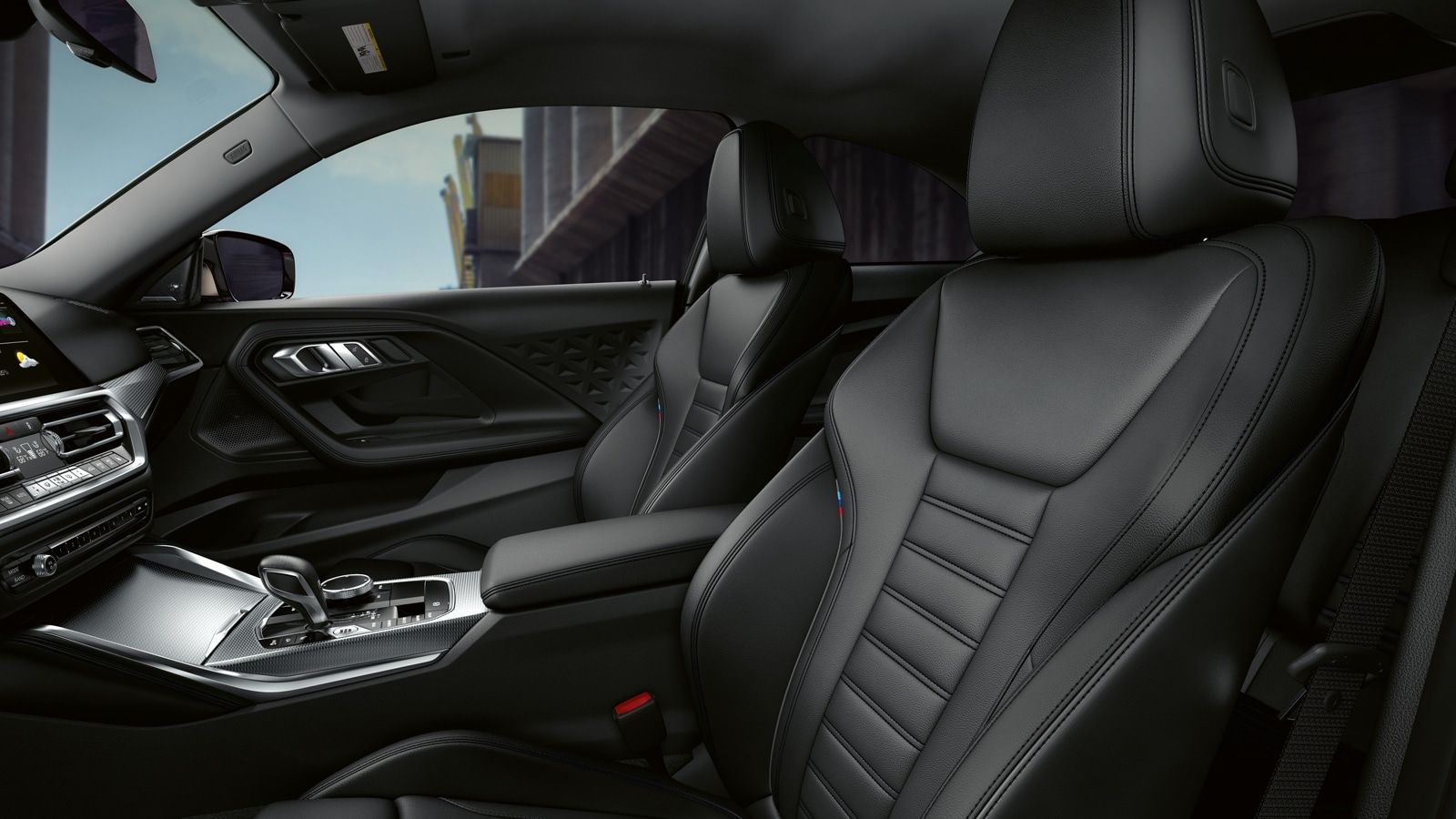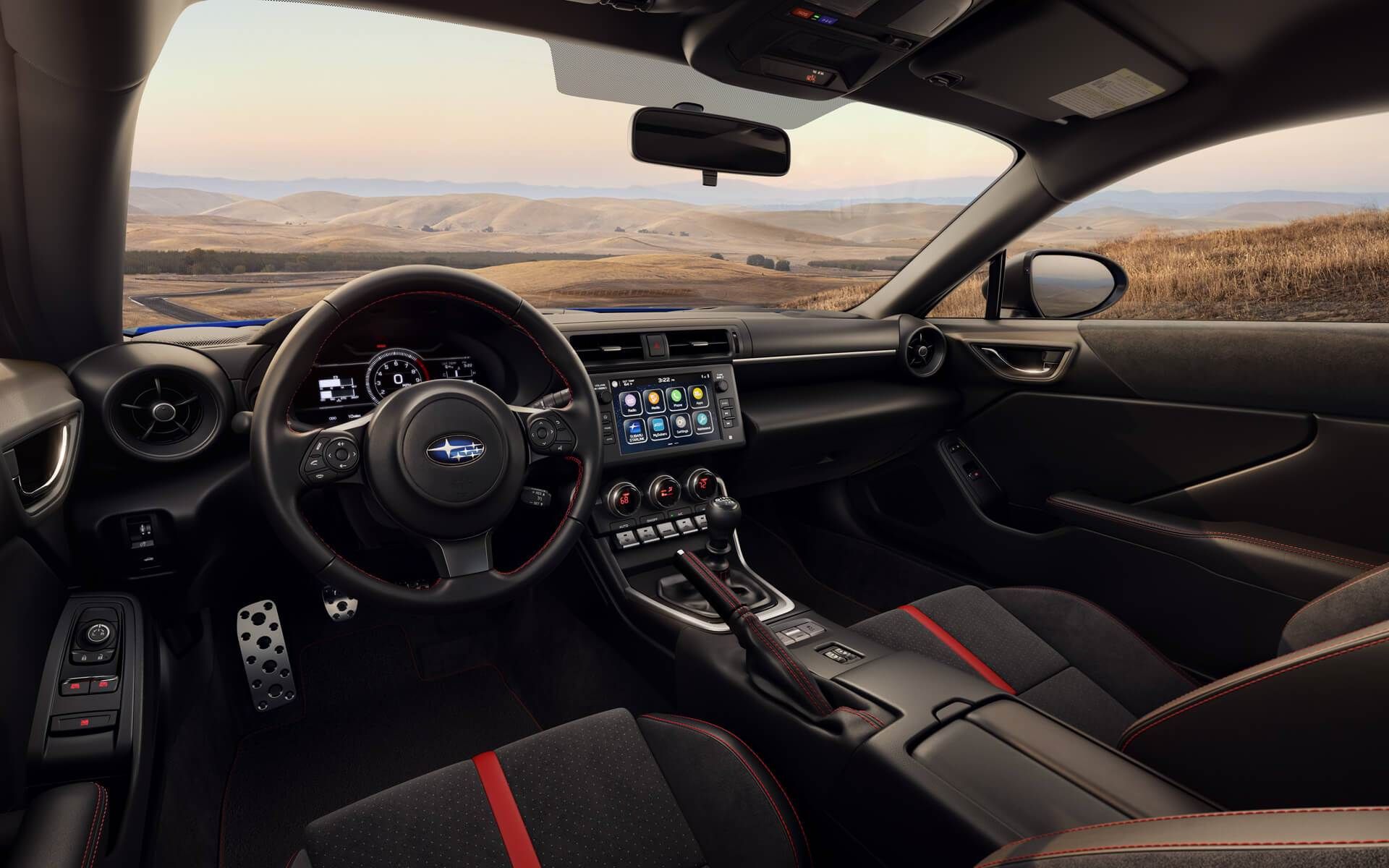Rather than prioritizing functionality, the coupe body shape demonstrates a preference for looks and performance. When it comes to coupes, the greatest ones compensate for their lack of rear-seat and storage capacity with engaging driving qualities as well as elegant interiors.
BMW, the German mogul, has attempted to further the horizons for its 2-door coupe even more. Improved performance, smooth riding experience, and more modern interior make the 2022 BMW 230i an exciting new addition to the BMW family.
The 2022 Subaru BRZ maintains its status as a true sports vehicle for everyone by prioritizing affordability and agility above high horsepower and expensive distinctiveness. The Subaru continues to offer its playful character plus some developments in responsiveness and handling traits.
So let's get to know these vehicles better and see what they have to offer.
BMW 230i VS Subaru BRZ: Engine & Performance
Sadly, the 2 Series is no longer available with a manual transmission. Instead, the 230i is equipped with an eight-speed automatic transmission that sends power to the rear wheels. A 2.0-liter turbocharged I4 with 245 HP and 295 lb-ft of torque provides the driving force behind the vehicle.
Nonetheless, the 230i does have plenty of oomph. The 2.0-liter engine produces greater force and torque than the preceding 230i, and the latter is available at 1,550 RPM. Its low-end push allows you to power out like a champ, making the 230i ideal for tearing through corners.
The new BRZ features a naturally-aspirated 2.4-liter flat-four-cylinder engine, also regarded as a "boxer" engine. It has 228 HP and 184 lb-ft of torque to play with. A six-speed manual or six-speed automatic transmission is still used to provide power to the rear wheels. This engine is more responsive than its predecessor, even if the BRZ isn't as fast as some other cars in the neighborhood.
In addition, Subaru claims to have a reduced center of gravity and a curb weight of little over 2800 pounds, which is essentially evenly divided between the front and rear. Because of these features, as well as a firmer chassis, the BRZ is even more exhilarating to drive than before. The car's ride quality is a little rough, but it adds to its fun-loving nature.
BMW 230i VS Subaru BRZ: Quality Aesthetics
Aside from the exceptional build quality and gratifying aesthetics, BMW's interior design style isn't revolutionary. The inside of the new 230i is designed in the same manner as the rest of the company's vehicles. In addition to the conventional gauges, a 12.3-inch digital instrument panel and a head-up screen are offered.
There is just one thing you'd want to see improved: the support in the front seats. Additionally, despite an overall length and breadth increase, which included a 2.0-inch wheelbase extension, the coupe's rear seat has less headroom and legroom than that of the version it replaces.
The BRZ's interior is still centered mostly on drivers with a 2+2 seating layout, but it now has a more contemporary look and better technology. The 7.0-inch digital gauge cluster in front of the driver emphasizes the tachometer, which changes from a circular to a linear graph in Track driving mode.
With its thick padding, the coupe's front seats seem to hold passengers firmly in place during heavy cornering. Red accents decorate the seats to further convey the coupe's sporty aims. Subaru claims that the BRZ's low sitting position and thin front roof pillars provide good forward sight. With the back seats folded, the coupe's practicality is bolstered by a large luggage space that can carry four tires.
BMW 230i VS Subaru BRZ: Reliable Rides
Every 2-series comes equipped with front and rear parking sensors, in addition to a slew of standard driver-assistance features. Self-parking assistance is also available as an option, which will autonomously park the vehicle in or out of parallel or angled parking spaces.
When it comes to driver-assistance technology, Subaru provides its EyeSight system on vehicles equipped with an automatic transmission. Standard features on both cars include forward-collision prevention with automatic emergency braking, adaptive cruise control, and lane-departure warning with lane-keeping aid.
Both Vehicles are among the elites of their segment and provide excellent value. The BMW 230i has improved performance and solid handling. It doesn't have a manual transmission option and is not as diverse as some other vehicles when it comes to the body. The Subaru BRZ also provides adequate handling, with its expected lightness and responsiveness. It's still not the fastest car around, but its affordability and adventurous nature make it fun to ride. The BMW will cost you about ten grand more, so the Subaru might be the better choice.




